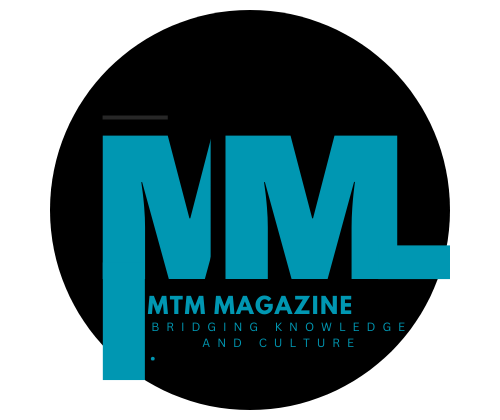In the ever-evolving business landscape, new concepts, trends, and organizations emerge that can have far-reaching implications across industries. One such concept is “Crew Disquantified Org.” Though it may sound complex, understanding its impact can help businesses navigate challenges and harness opportunities.
This article explores what Crew Disquantified Org means, how it operates, and its potential effects on various industries.
What Is Crew Disquantified Org?
Crew Disquantified Org refers to a framework or organization structure that focuses on the elimination of outdated or ineffective processes within a “crew” or team. The term often relates to scenarios where traditional hierarchies or roles are redefined to streamline operations.
By “disquantifying,” the concept implies removing unnecessary complexities, metrics, or formalities that hinder productivity. Such an approach can be particularly useful in industries requiring agility, innovation, or teamwork.
The Core Principles of Crew Disquantified Org
To understand its impact, let’s break down the key principles:
- Efficiency Over Bureaucracy: Traditional organizational models often involve layers of approvals, redundant metrics, or rigid protocols. Crew Disquantified Org promotes simplified workflows.
- Team Empowerment: It shifts focus from top-down management to collaborative decision-making, giving more autonomy to teams.
- Adaptability: This structure allows organizations to pivot quickly in response to market or operational changes.
- Focus on Value: Resources are aligned toward producing tangible results instead of merely tracking irrelevant metrics.
Impacts on Major Industries
1. Technology and IT
In the fast-paced world of technology, agility is paramount. Crew Disquantified Org allows tech companies to streamline processes like software development, troubleshooting, and innovation cycles. Teams working under this framework often produce faster results, experience fewer delays, and foster creative problem-solving.
For instance, DevOps teams could benefit from removing redundant metrics or approvals, enabling them to deliver updates and services in real-time.
2. Manufacturing
Manufacturing industries rely heavily on efficiency. Crew Disquantified Org encourages lean operations, eliminating wasteful practices and reducing production downtime. By empowering workers on the factory floor to make decisions, organizations can improve productivity and quality control.
3. Healthcare
In healthcare, where lives are at stake, eliminating unnecessary steps can save time and improve patient outcomes. Crew Disquantified Org principles allow medical teams to focus on patient care rather than administrative overhead, leading to faster decision-making in critical situations.
For example, during emergencies, a team operating without restrictive hierarchies can quickly adapt and respond.
4. Creative Industries
Creative industries like marketing, media, and design thrive on innovation. Traditional models often stifle creativity with rigid workflows. Crew Disquantified Org fosters collaboration and experimentation, enabling creative teams to generate fresh ideas and adapt campaigns swiftly.
5. Retail and E-commerce
Retail and e-commerce sectors benefit from the adaptability and customer focus promoted by this model. Streamlining logistics, reducing unnecessary reporting, and empowering front-line employees to address customer needs can enhance service delivery and satisfaction.
Challenges and Considerations
While Crew Disquantified Org offers many benefits, it is not without challenges. Implementing such a structure requires:
- Cultural Change: Organizations need to shift their mindset toward trust and collaboration.
- Training: Teams may need guidance to adapt to autonomous workflows.
- Balance: Striking a balance between removing bureaucracy and maintaining accountability is crucial.
Conclusion
Crew Disquantified Org represents a shift toward efficiency, adaptability, and collaboration, impacting industries by empowering teams and reducing unnecessary complexities. Whether in technology, healthcare, manufacturing, or retail, the principles of this framework can improve productivity and innovation.
However, successful implementation requires careful planning and cultural alignment. As industries evolve, adopting such modern organizational models could be the key to staying competitive in a dynamic world.



